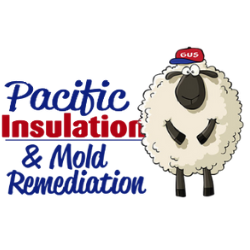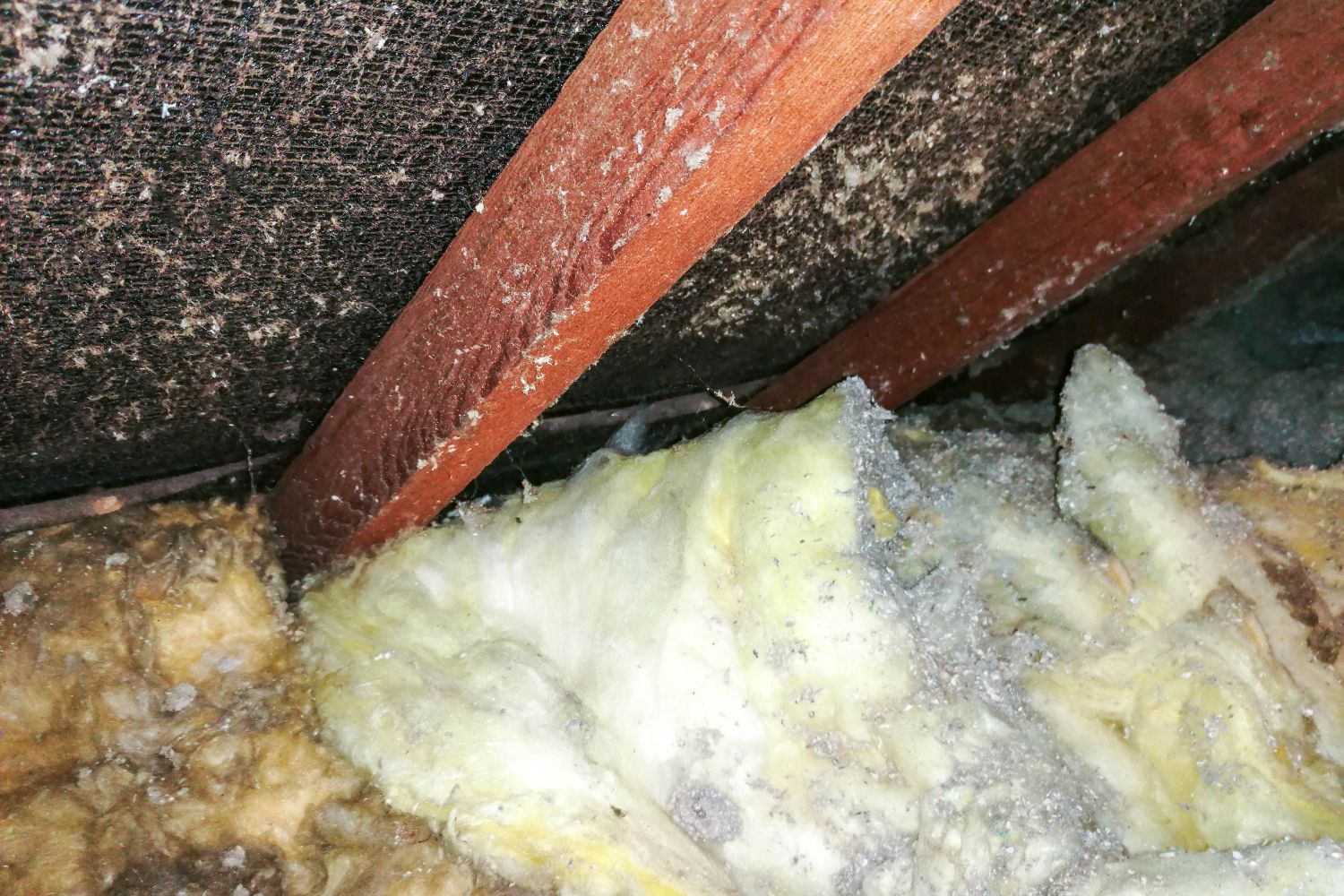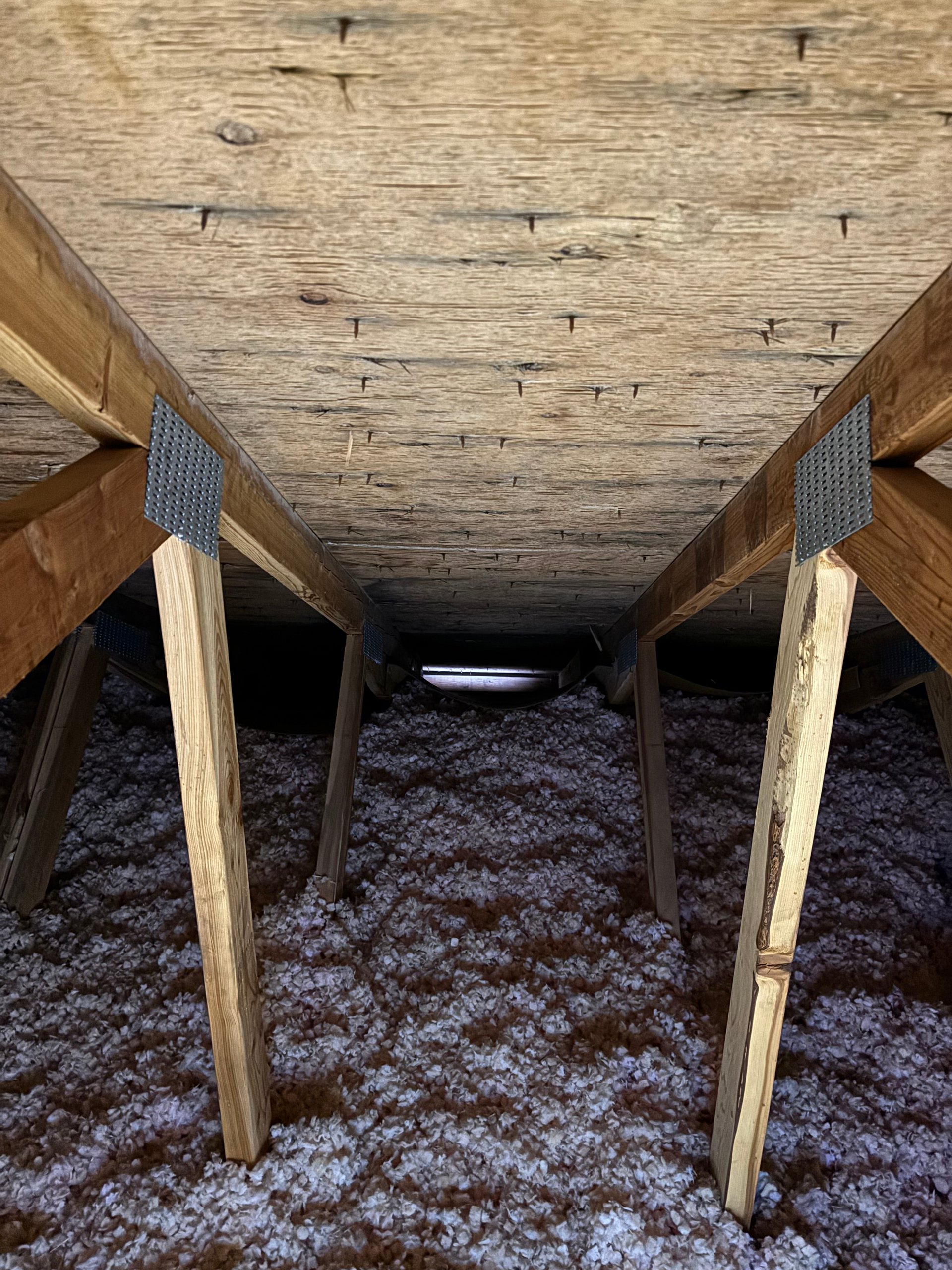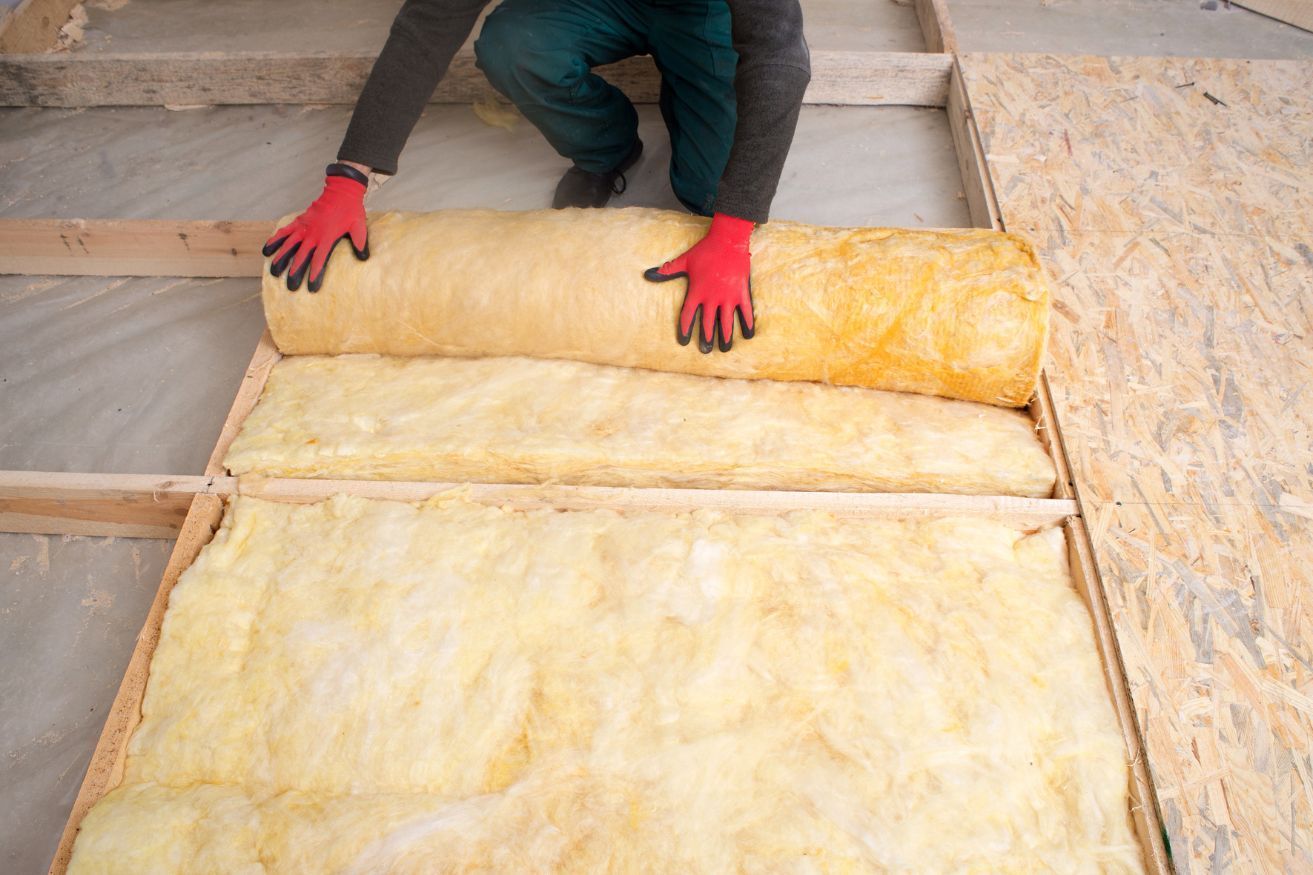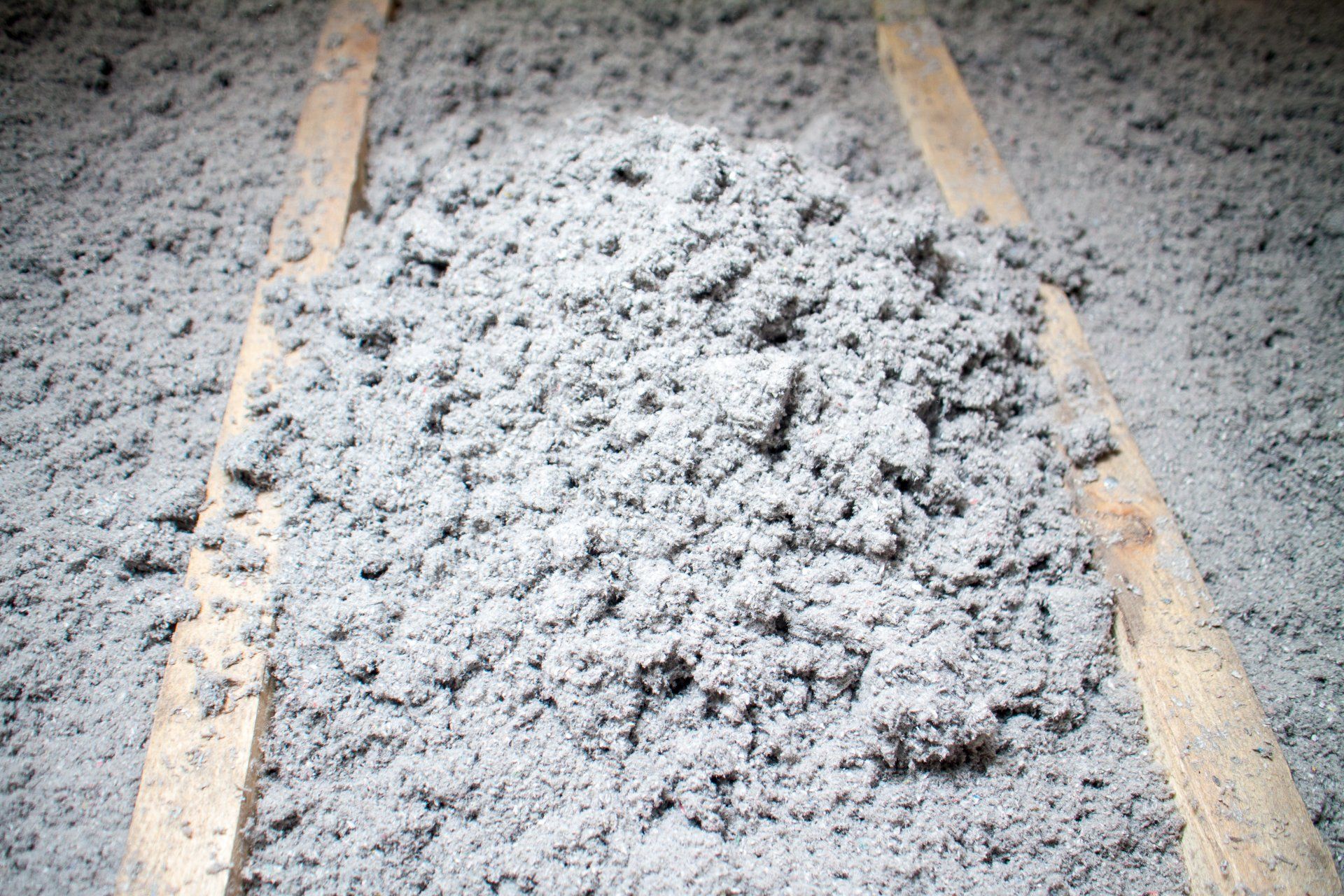Top Insulation Materials for Your Attic
Understanding Attic Insulation
Insulating your attic is one of the most effective ways to improve your home's energy efficiency and comfort. With so many different types of attic insulation available, it can be challenging to determine which one is best for your needs. In this article, we'll explore the top insulation materials for your attic, examining their benefits, drawbacks, and best applications.
Understanding Attic Insulation
Before diving into specific materials, it's essential to understand why attic insulation is so crucial. Proper insulation keeps your home warmer in the winter and cooler in the summer by reducing the amount of heat transfer between your attic and living spaces. This not only makes your home more comfortable but also lowers your energy bills.
Types of Attic Insulation
There are several types of attic insulation, each with its unique properties and benefits. Let's explore the most popular options.
Blown-In Cellulose Insulation
Blown-in cellulose insulation, also known as loose-fill insulation, is an excellent choice for attics with irregular shapes or hard-to-reach areas. It is typically made from fiberglass, cellulose, or mineral wool.
Benefits of Blown-In Cellulose Insulation
- Perfect for irregular spaces: Easily fills gaps and covers uneven surfaces.
- Quick installation: Can be installed quickly and efficiently.
- Good thermal performance: Provides excellent thermal resistance.
- Fire-resistant: Non-combustible, which adds a layer of safety to your home.
Drawbacks of Blown-In Cellulose Insulation
- Requires special equipment: Professional installation is often necessary.
- Settling: Over time, blown-in insulation may settle however in settling cellulose does an incredible job air sealing the attic.
Fiberglass Insulation
Fiberglass insulation is one of the most common materials for attics. It is made from fine glass fibers and is available in batts, rolls, and loose-fill.
Benefits of Fiberglass Insulation
- Versatile: Available in various forms, making it suitable for different applications.
Drawbacks of Fiberglass Insulation
- Installation: Proper installation is crucial; otherwise, it can lose effectiveness.
- Health risks: Can cause skin irritation if not handled with care.
- Variable R-Value in extreme climates.
- If compressed it looses its insulation R-Value completely.
- Fiberglass isn't an effective product for air sealing so the attic needs to be air sealed prior to installation.
Spray Foam Insulation
Spray foam insulation is a high-performance option that expands upon application, sealing gaps and providing excellent insulation.
Benefits of Spray Foam Insulation
- Superior air sealing: Expands to fill gaps and cracks.
- High R-value: Offers excellent thermal resistance per inch.
- Moisture barrier: Helps prevent moisture buildup and mold growth.
Drawbacks of Spray Foam Insulation
- Cost: More expensive than other insulation types.
- Professional installation: Requires specialized equipment and expertise.
Choosing the Best Insulation for Your Attic
Choosing the right insulation for your attic depends on several factors, including your climate, budget, and specific attic conditions. Here are some considerations to help you make an informed decision.
Climate Considerations
- Cold climates: Cellulose is an excellent choices due to its high R-values and natural insulating qualities.
- Hot climates: Cellulose also reduces heat gain and lower cooling costs.
Attic Conditions
- Irregular spaces: Blown-in insulation is ideal for attics with hard-to-reach areas.
- Moisture concerns: Spray foam can act as a moisture barrier, preventing mold growth.
Installation Tips for Attic Insulation
Proper installation is crucial to ensuring your attic insulation performs effectively. Here are some tips to keep in mind:
- Seal air leaks: If your installing fiberglass batt or blow-in, seal any air leaks in your attic to maximize energy efficiency.
- Ventilation: Ensure your attic is properly ventilated to prevent moisture buildup.
- Safety gear: When handling insulation, wear protective clothing, gloves, and a mask to avoid irritation.
Conclusion
Insulating your attic is a wise investment that can significantly improve your home's energy efficiency and comfort. By understanding the different types of attic insulation materials and their benefits, you can make an informed choice that suits your specific needs. Whether you opt for blown-in cellulose, fiberglass, spray foam, or radiant barrier insulation, each option has its advantages and can help you create a more energy-efficient home.
